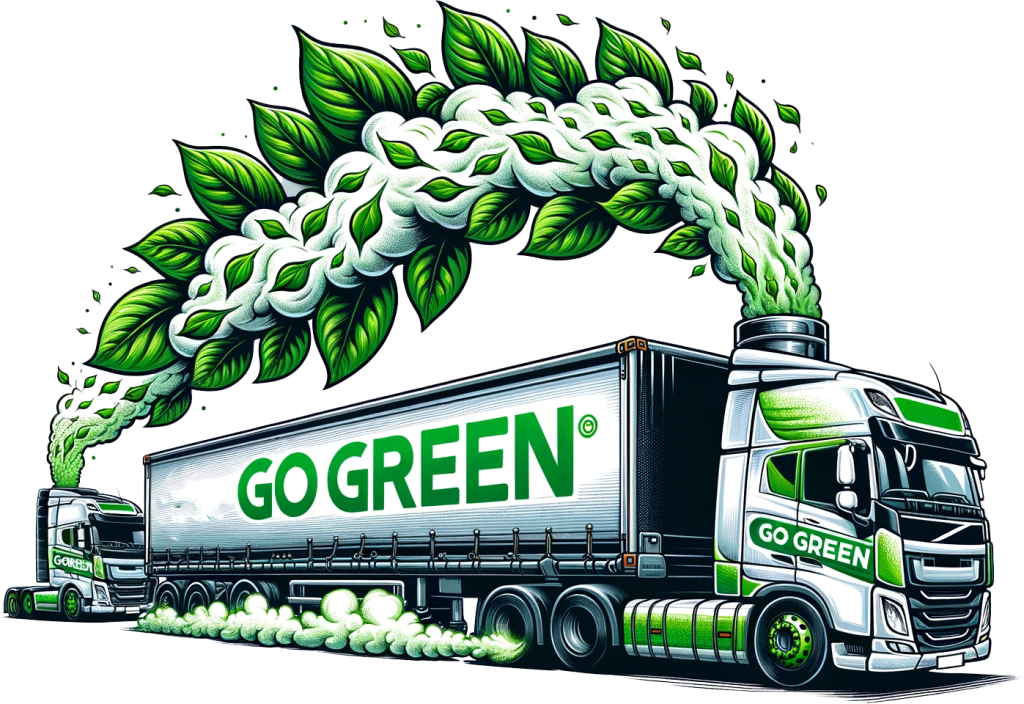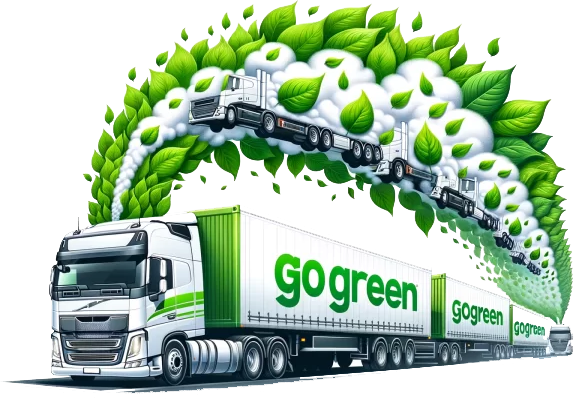Why OFB Go Green is a Smarter Alternative to Urea-Based DEF
OFB Go Green is a urea-free Diesel Exhaust Fluid (DEF) alternative that ensures stable supply, reduces emissions more efficiently, and supports global food security by preserving urea for agricultural use.

✔️ Reduced Dependency on Urea Supply Chain
Urea shortages (like during fertiliser demand spikes) can disrupt DEF availability.
Non-urea alternatives reduce exposure to the volatile agricultural market.
✔️ Improved Temperature Stability
Urea-based DEF (like AdBlue) can freeze around –11 °C (12 °F).
OFB Go Green can be managed thermally with additives to prevent freezing in colder climates.
✔️ Less Risk of Decomposition and Ammonia Slip
Urea can decompose into unwanted byproducts under high temperatures (e.g., biuret or cyanuric acid) that can stick and build up on catalyst surfaces, lowering their efficiency.
Non-urea DEFs offer cleaner thermal decomposition, improving SCR system efficiency.
✔️ Faster Reaction in Selective Catalytic Reduction (SCR)
Urea must convert to ammonia before reducing NOₓ.
A direct faster-acting chemical can react faster and more efficiently with NOₓ, potentially improving reduction rates and enabling smaller, more efficient SCR systems.
✔️ Lower Environmental Impact (in some formulations)
Some alternatives may result in less solid residue and lower water usage.
Reduced need for urea production may cut CO₂ emissions from fertiliser-grade manufacturing.
✔️ Customisation for Specific Engine Applications
Non-urea DEF can be tailored for marine, off-road, or specialised industrial engines where urea isn’t ideal.
May enable more flexible dosing systems.
Note on Byproducts
Biuret forms when two urea molecules combine and lose an ammonia molecule; it can lead to catalyst fouling or clogging.
Cyanuric acid is produced by thermal decomposition of urea at very high temperatures; it’s less volatile and can stick to catalyst surfaces, lowering efficiency.

| Feature | Urea-Based DEF (e.g., AdBlue) |
Non-Urea-Based DEF (e.g., OFB Go Green) |
|---|---|---|
| Main Active Component | 32.5% Urea in Deionized Water | NOx-reducing compounds |
| NOx Reduction Mechanism | Urea converts to ammonia in exhaust, which reacts with NOx | Direct faster-acting chemical reaction with NOx |
| Reaction Efficiency | Slower (urea needs to decompose) | Faster (direct or near-direct chemical reaction) |
| Freezing Point | –11 °C (12 °F) | Can be lower or managed with additives |
| Temperature Stability | Risk of decomposition at high temps | More thermally stable or chemically resilient |
| Environmental Impact | Urea production emits CO₂ | Potentially lower lifecycle emissions (depends on formulation) |
| System Compatibility | Standardised with most SCR systems | Standardised with most SCR systems; preliminary research supports direct neutralisation of harmful emissions in the exhaust stream without a catalytic converter |
| Safety and Handling | Non-toxic, easy to handle | Non-toxic, easy to handle |
| Storage & Transport | Easy to store/transport | Easy to store/transport |
| Cost & Availability | Widely available, but volatile pricing (linked to fertiliser market) | Less common, potentially more stable long term |
| Regulatory Approval | Fully approved and standardised (ISO 22241) | Currently assessed on a case-by-case basis; not yet globally standardised |

